What Really Happens When We Resurface a Road
Ever driven past a road surfacing project and wondered what’s actually going on?
It might look like just machines and tarmac, but there’s a lot more skill, precision, and planning involved than most people think.
At Total Surfacing Solutions, road resurfacing isn’t just about laying new asphalt — it’s about restoring strength, safety, and smoothness to every stretch of road we work on. Let’s take a look behind the scenes.
1. The Inspection and Planning Stage
Before any work begins, our team inspects the road surface to understand the type of damage — cracks, potholes, rutting, or surface wear.
We also check drainage and foundation strength, because fixing the top layer without addressing the base can lead to problems later on.
Once we know what’s needed, we plan out the resurfacing process, including traffic management, machinery requirements, and material quantities. Every detail matters to make sure the job runs smoothly and safely.
2. Removing the Old Surface
The first major step is removing the damaged top layer of the road — usually done with a milling machine.
This machine grinds and lifts away the old asphalt, creating a clean and even base for the new surface.
We recycle as much of this removed material as possible, turning it into reusable aggregates for future projects. It’s better for the environment and helps reduce waste.
3. Preparing the Base
Once the old surface is gone, the underlying base is carefully checked.
Any weak spots are repaired, and if needed, a fresh layer of binder is applied to ensure a strong bond between the base and the new surface.
This step is crucial for long-term durability — it’s what stops new surfaces from cracking or sinking over time.
4. Laying the New Asphalt
Now comes the part most people notice — fresh asphalt being laid.
The mix is heated and spread evenly across the prepared area using specialist paving machines. Our operators then compact it to the perfect density, ensuring a smooth and hard-wearing finish.
Different projects use different asphalt mixes, depending on whether it’s a main road, car park, or private driveway. Each mix is chosen for the right balance of strength, flexibility, and skid resistance.
5. The Finishing Touches
Once the asphalt has cooled and hardened, we apply finishing touches — from new line markings to surface dressing or sealing if required.
Before reopening the road, we run a final inspection to make sure everything meets safety and quality standards.
That’s when you see that satisfying, fresh black surface — level, durable, and ready for traffic again.
Why Professional Resurfacing Matters
Resurfacing might seem straightforward, but doing it right takes expertise, precision, and the right materials.
A poorly resurfaced road won’t just look bad — it can lead to early cracking, drainage issues, and higher long-term repair costs.
That’s why councils, businesses, and homeowners across the UK trust Total Surfacing Solutions for reliable, professional surfacing work — from small driveways to full-scale highways.
Ready to Learn More?
If you’d like to see how professional resurfacing can extend the life of your road, car park, or driveway, get in touch with our team today.

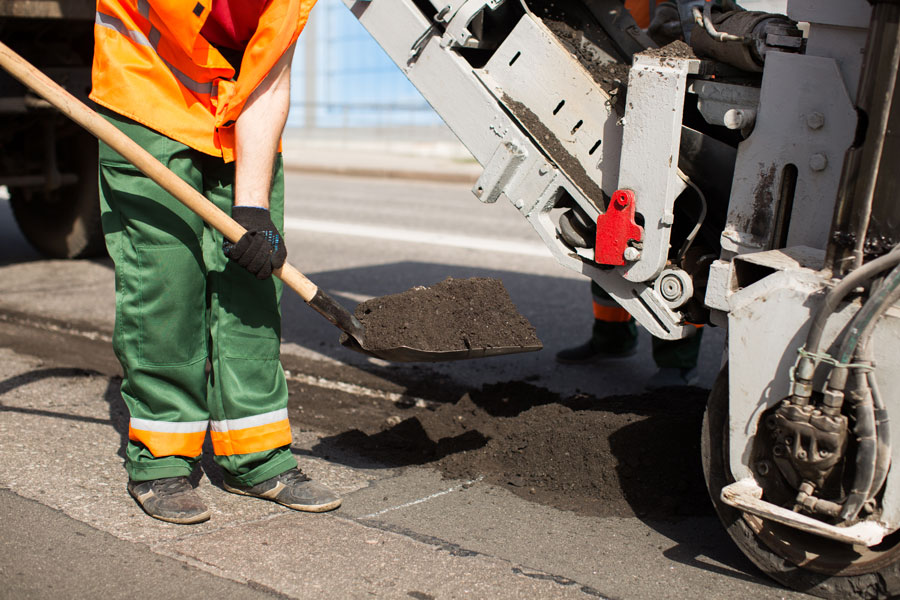
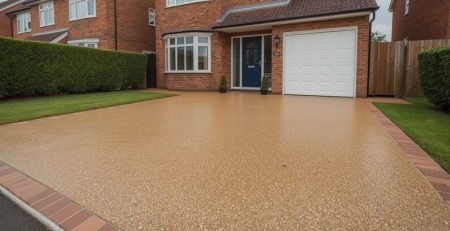
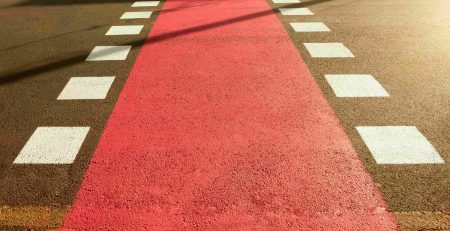
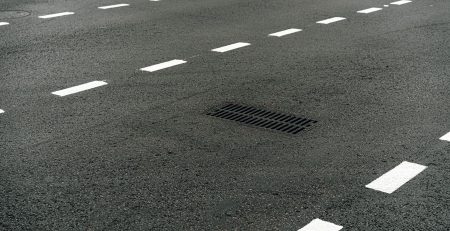
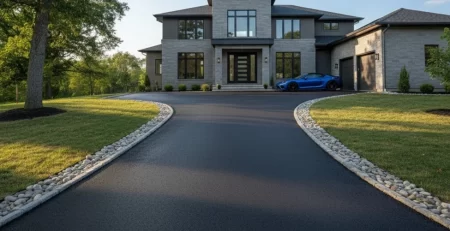
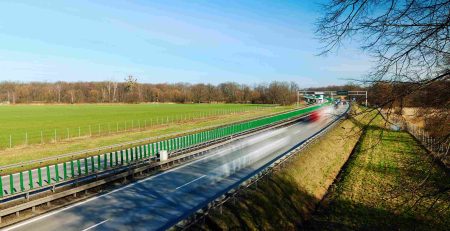

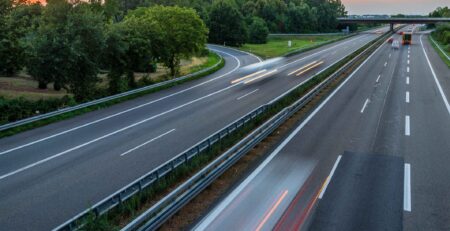

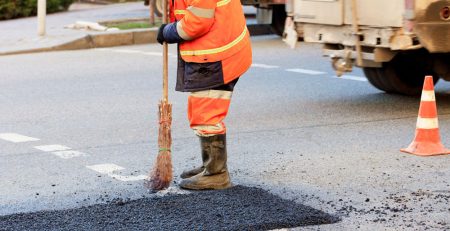

Leave a Reply